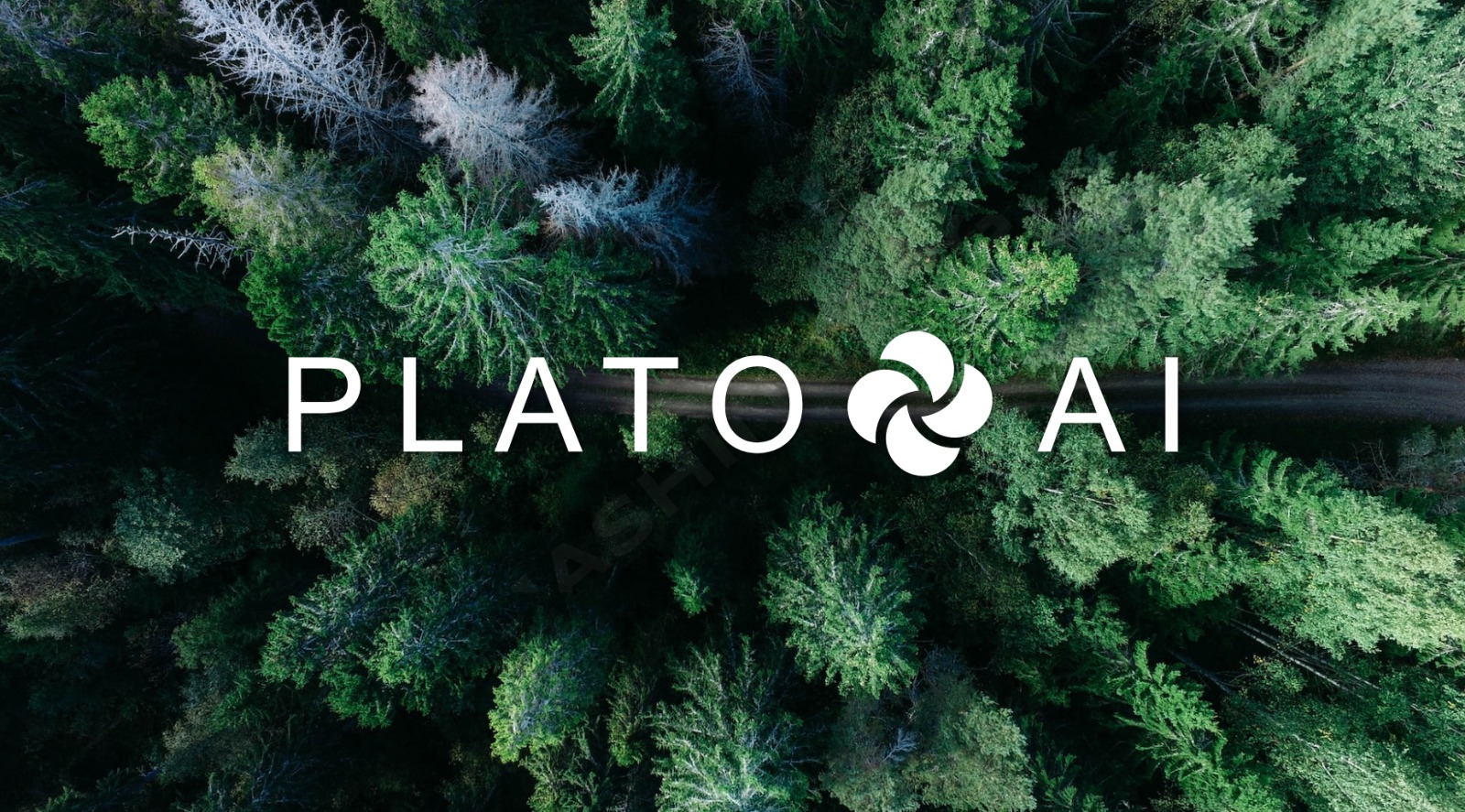Carbon credits are a crucial tool in the fight against climate change, allowing companies and individuals to offset their carbon emissions by investing in projects that reduce greenhouse gas emissions. However, not all carbon credits are created equal, and it is important to understand the different types available in order to make informed decisions about how to support sustainable development.
One recent development in the world of carbon credits is the UNIDROIT Update and Legal Nature Study, which aims to provide clarity on the legal nature of different types of carbon credits. This study is particularly important as the carbon market continues to evolve and expand, with new types of credits being introduced to meet the growing demand for sustainable investment options.
One of the key distinctions made in the UNIDROIT study is between compliance and voluntary carbon credits. Compliance credits are issued by government-mandated cap-and-trade programs, such as the European Union Emissions Trading System (EU ETS), and are used by companies to meet their regulatory obligations to reduce emissions. These credits have a legal status and can be traded on the open market.
On the other hand, voluntary carbon credits are issued by independent certification bodies, such as the Gold Standard or the Verified Carbon Standard, and are purchased by companies and individuals who want to offset their emissions voluntarily. These credits do not have a legal status and are not recognized by government regulators, but they play an important role in driving investment in sustainable development projects around the world.
Another important distinction highlighted in the UNIDROIT study is between project-based and programmatic carbon credits. Project-based credits are generated by individual projects, such as renewable energy installations or reforestation initiatives, and are verified on a case-by-case basis. Programmatic credits, on the other hand, are generated by larger-scale programs that encompass multiple projects and are verified through a standardized process.
Understanding these distinctions is crucial for investors and companies looking to support sustainable development through carbon offsetting. By choosing the right type of carbon credits, they can ensure that their investments have a real impact on reducing greenhouse gas emissions and promoting sustainable development.
In conclusion, the UNIDROIT Update and Legal Nature Study provides valuable insights into the different types of carbon credits available in the market today. By understanding the legal nature of these credits and the distinctions between compliance and voluntary, project-based and programmatic credits, investors can make informed decisions about how to support sustainable development and combat climate change.
- SEO Powered Content & PR Distribution. Get Amplified Today.
- PlatoData.Network Vertical Generative Ai. Empower Yourself. Access Here.
- PlatoAiStream. Web3 Intelligence. Knowledge Amplified. Access Here.
- PlatoESG. Carbon, CleanTech, Energy, Environment, Solar, Waste Management. Access Here.
- PlatoHealth. Biotech and Clinical Trials Intelligence. Access Here.
- Source: https://zephyrnet.com/not-all-carbon-credits-are-the-same-unidroit-update-study-on-the-legal-nature/

